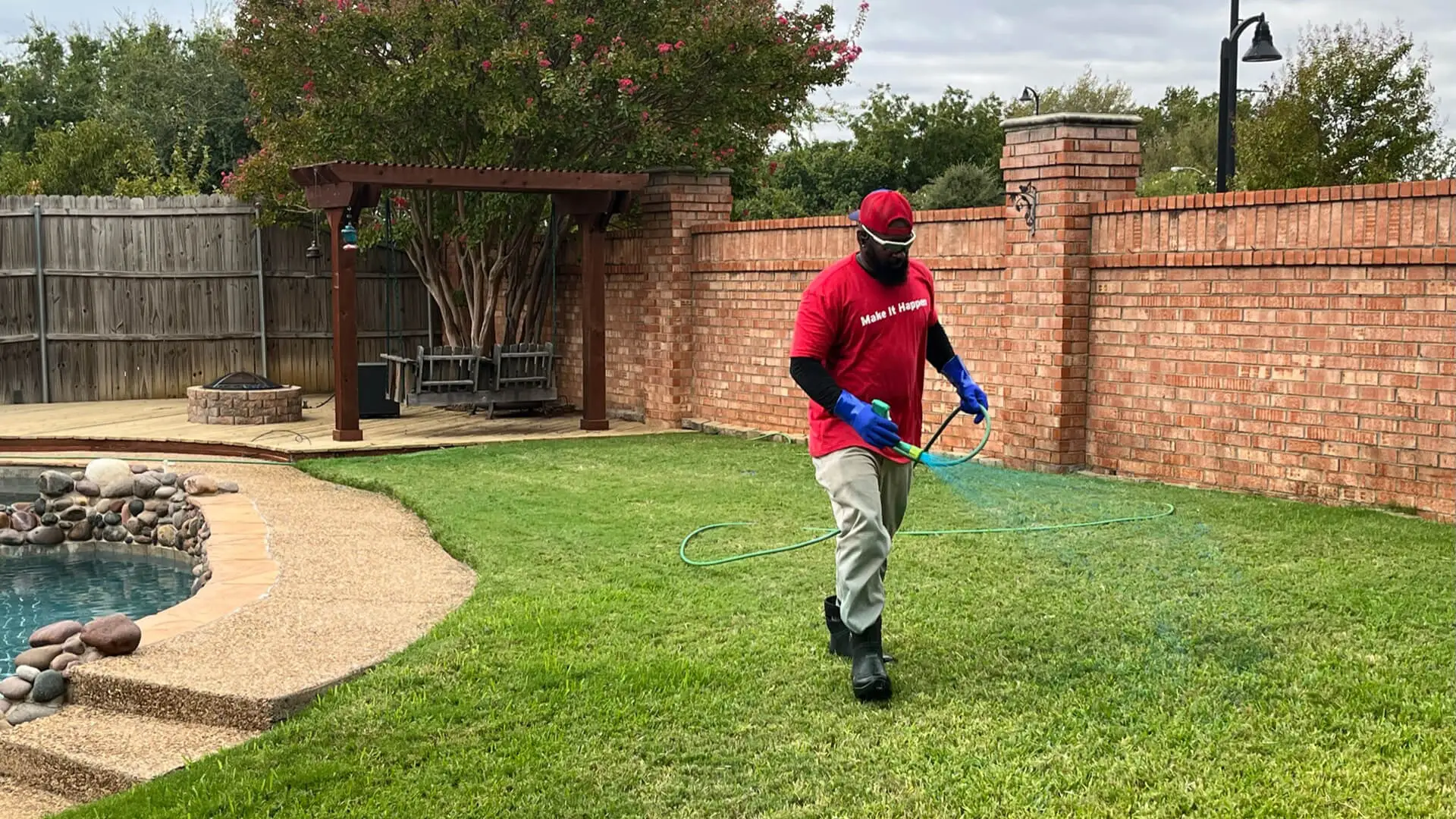Take-All Root Rot - Everything You Need to Know About This Common Lawn Disease in Texas
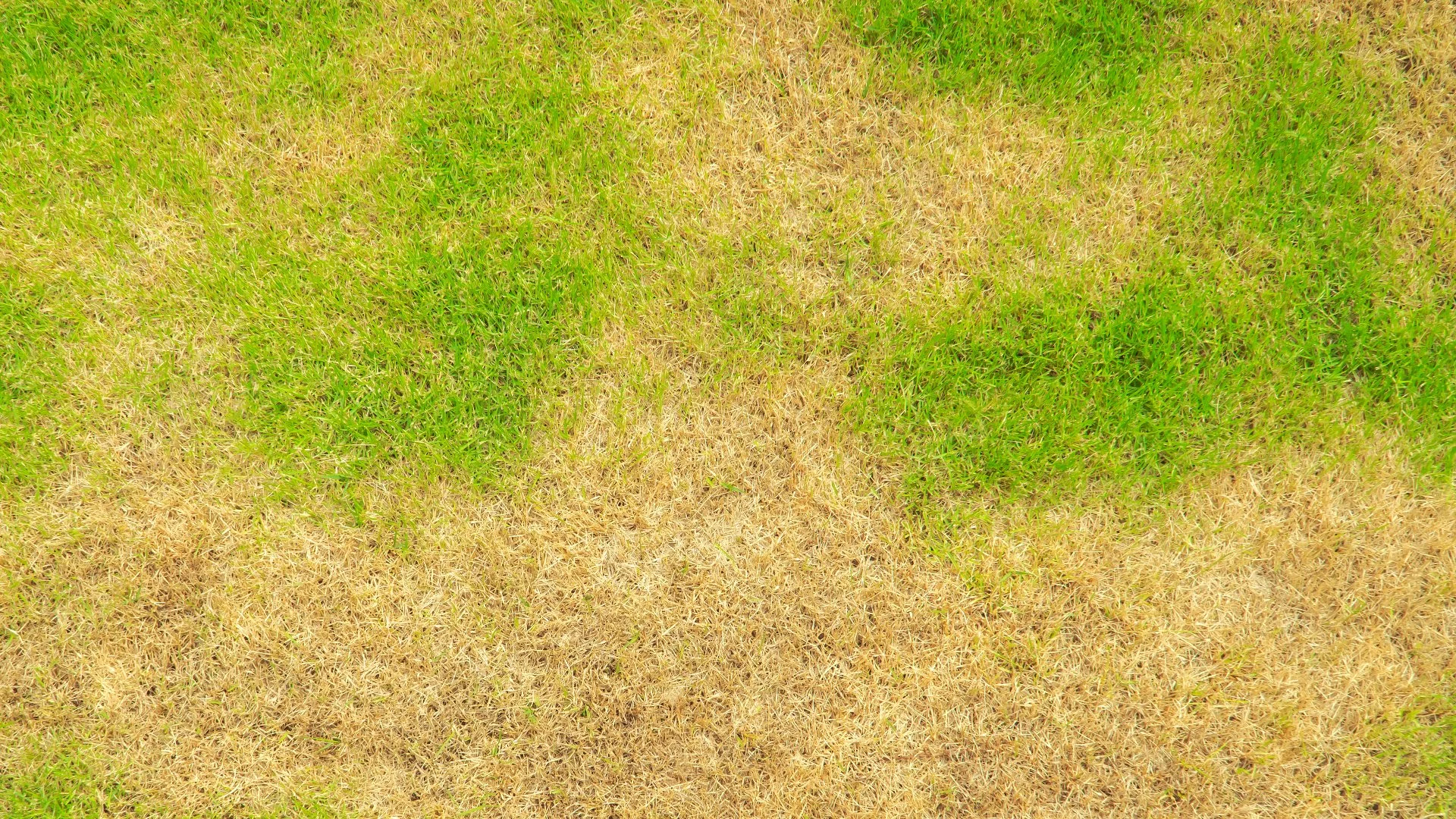
It's never fun to discover that your lawn has succumbed to a lawn disease. Unfortunately, take-all root rot is one of the most prominent fungal infections in Texas that targets the roots of your grass and causes extensive damage. This lawn disease affects warm-season lawns and is caused by a fungus that survives in the soil and thatch layer. When it plagues your turf, take-all root rot will make its roots rotten and black and result in irregular, brown patches. The fungus becomes active when your lawn comes out of winter dormancy and thrives in warm, wet conditions and compacted soil with poor drainage. If this disease affects your turf, you want to hire pros to diagnose and eliminate it with a curative treatment.
What is take-all root rot, and how does it damage your lawn?
Take-all root rot is a lawn disease that commonly affects warm-season lawns in Texas, like St. Augustine and bermudagrass. It is caused by a fungus that survives in the soil and the thatch layer. Because of where the fungus is found, this disease primarily targets the roots of your grass. When your lawn emerges from winter dormancy, it can become active and start showcasing symptoms.
When your lawn is infected with take-all root rot, the grass blades will become yellow before turning brown and wilting as it progresses. Your lawn will also thin out, and the irregular patches of discolored grass can reach up to 20 feet in diameter. When you inspect your turf closely and look at the roots, you'll ...
These Problems Can Occur When You Don't Remove Leaves From Your Lawn!
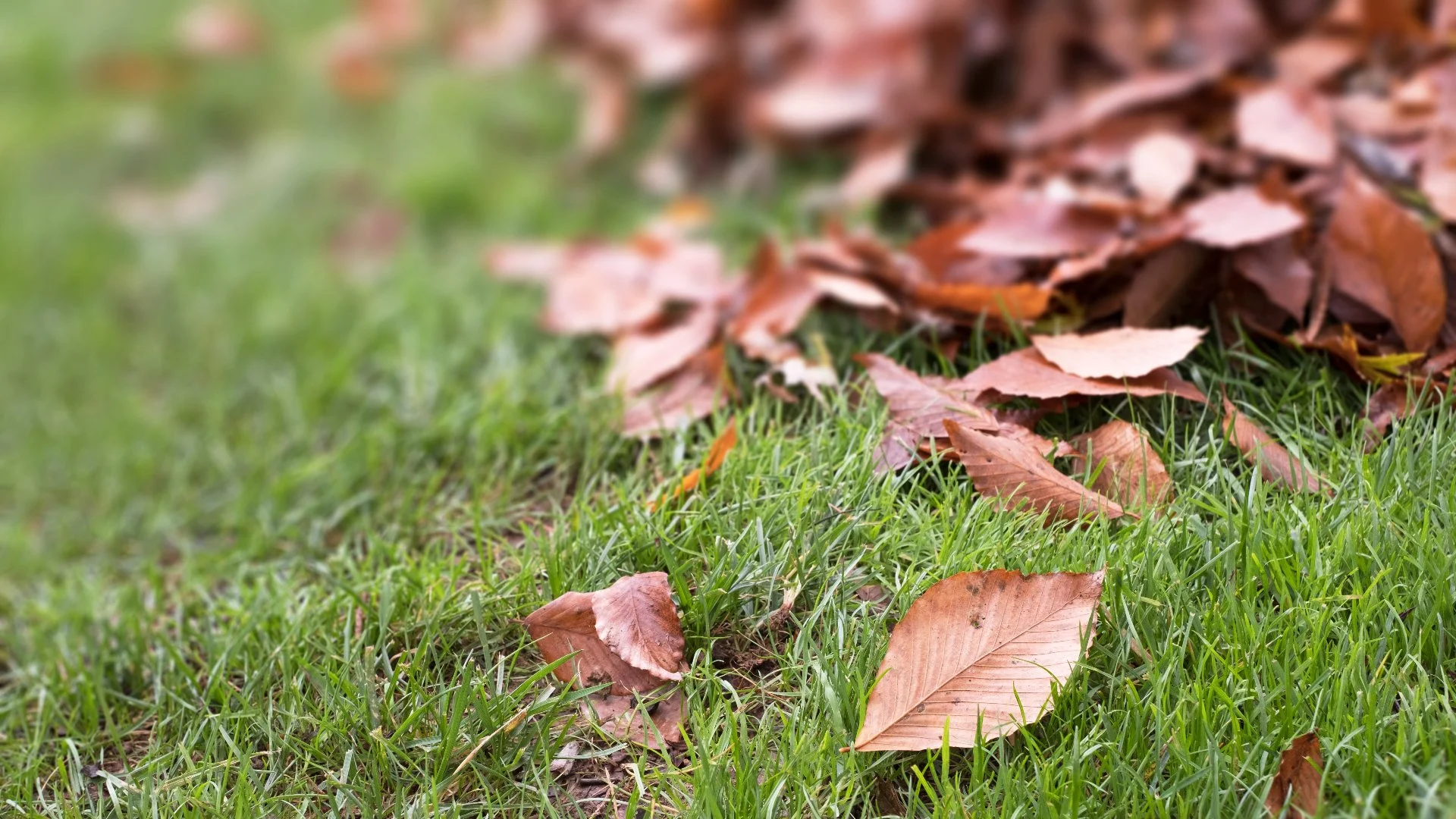
With the fall season here in Texas comes colorful leaves - and the dreaded chore of removing them when they fall onto your lawn. While it may be tempting to skip leaf cleanup, doing so can lead to several problems. For one, leaf piles smother your grass and block essential resources from reaching it, including sunlight, oxygen, and nutrients. They also attract pests, providing shelter from the elements and predators. Additionally, leaf piles create the perfect environment for lawn diseases to develop because they trap moisture underneath and inhibit sunlight accessibility, which are ideal conditions for fungi to thrive. If you want to avoid these problems, you should remove the leaves from your lawn!
Leaf piles smother your grass and block essential resources from reaching it.
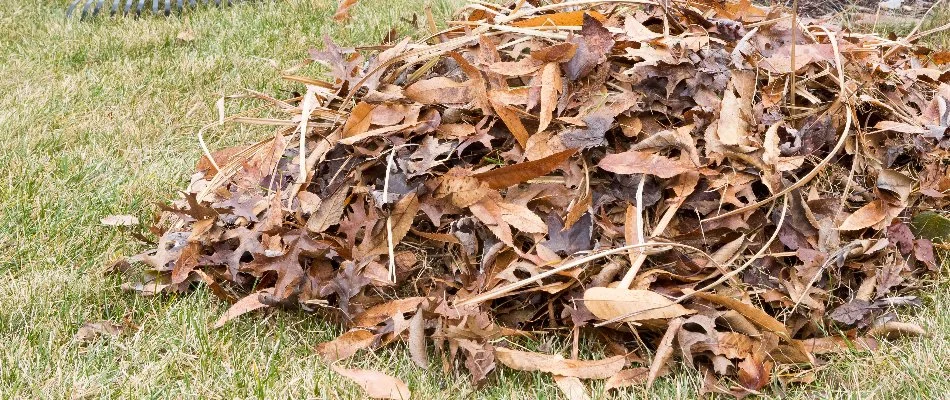
Piles of leaves on your lawn can smother it and block essential resources from reaching it, including oxygen, sunlight, and nutrients. Your turf can't perform photosynthesis without adequate sunlight, which will happen when leaves are scattered across it. Similarly, leaf piles will inhibit proper air circulation and nutrient accessibility to the grass underneath. Without these resources, it'll become weak and brown, plus make it susceptible to stressors. Because of this, removing the leaves is a task you don't want to skip!
Piles of leaves attract pests to your lawn.
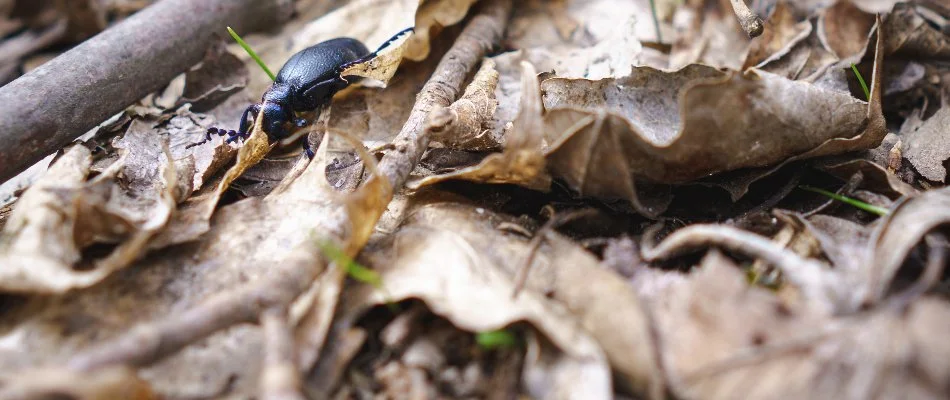
If there are piles ...
What Nutrients Does Your Lawn Need to Grow Healthy & Beautiful?
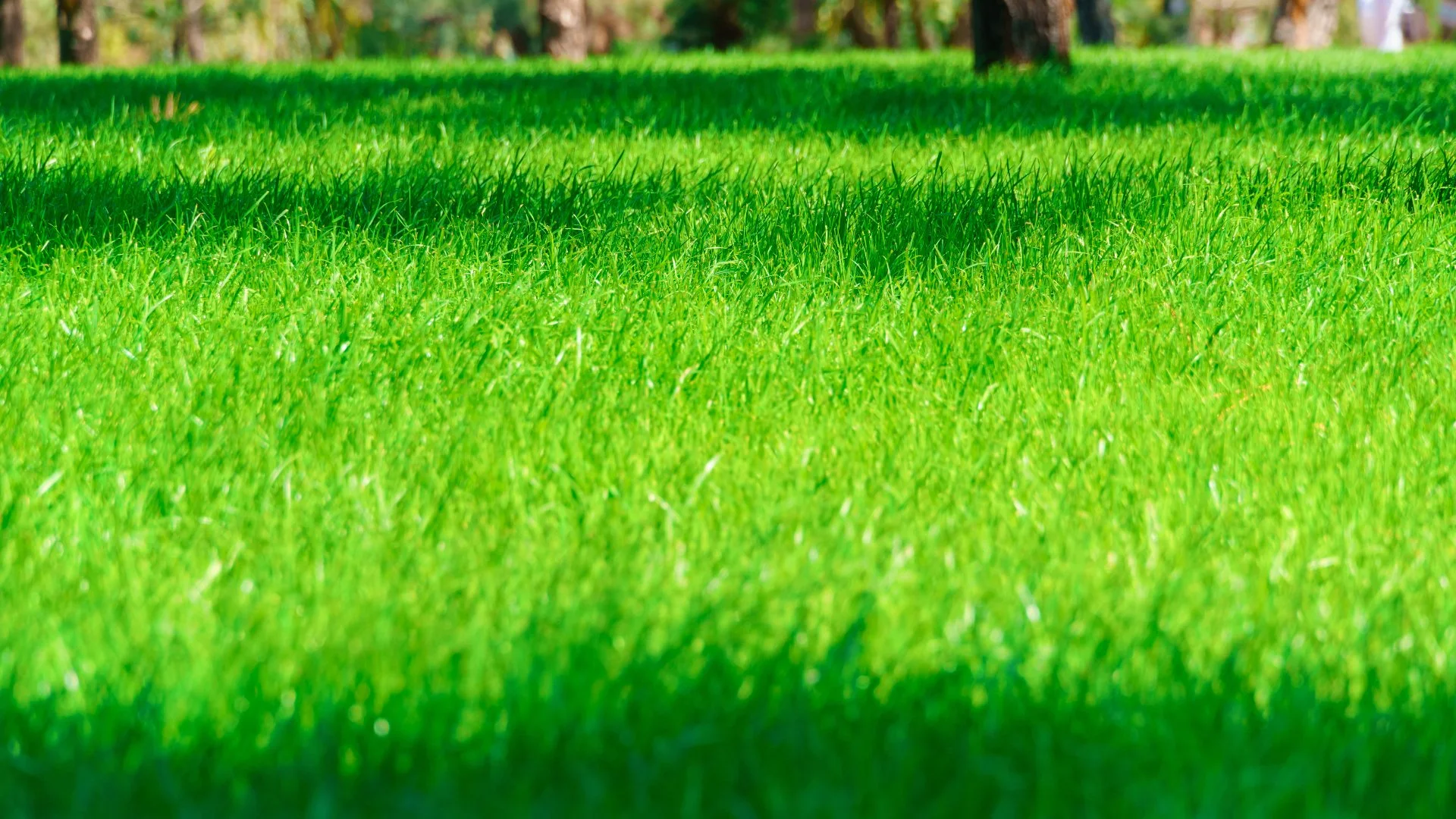
Your lawn in Texas needs various nutrients to grow healthy and beautiful. Macronutrients are the primary essential ones it needs in larger quantities, which include nitrogen, phosphorus, and potassium. These three are crucial for helping your grass develop strong roots, maintain its vibrant green color, and withstand stressors. However, it also needs micronutrients like copper, iron, and zinc to promote healthy growth and robust root systems, strengthen its cell walls, aid in enzyme activation, and encourage chlorophyll production. To ensure your lawn receives everything it needs to thrive, you should enroll in a fertilization program that also comes with applications of micronutrients.
What macronutrients does your lawn need?
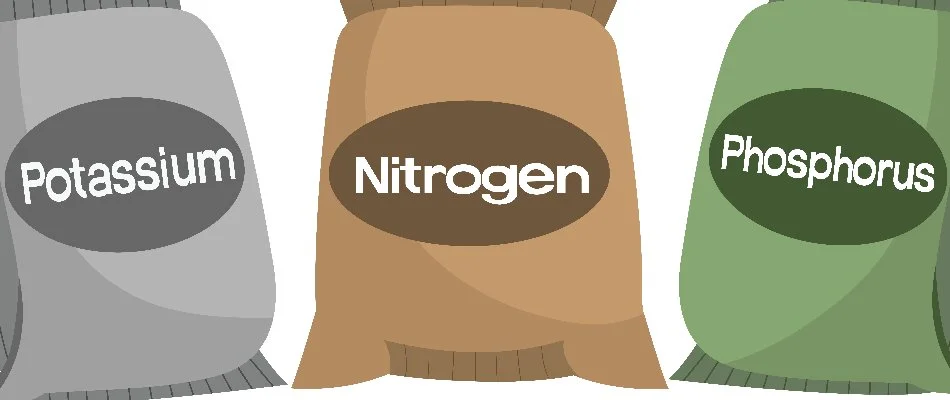
The three macronutrients your lawn needs to thrive include nitrogen, phosphorus, and potassium. These nutrients are vital for keeping your turf healthy and looking great throughout the year. Here's some more information about what each provides:
- Nitrogen helps your grass produce chlorophyll, which gives it its desirable green color. Chlorophyll also contributes to photosynthesis, which feeds and energizes your lawn, thus promoting its health and vigor.
- Phosphorus helps strengthen your turf's roots and encourages deep, robust systems. With healthier roots comes healthier grass.
- Potassium aids in improved water retention and nutrient uptake, plus thickens your lawn's cell walls. That way, your grass is strong...

